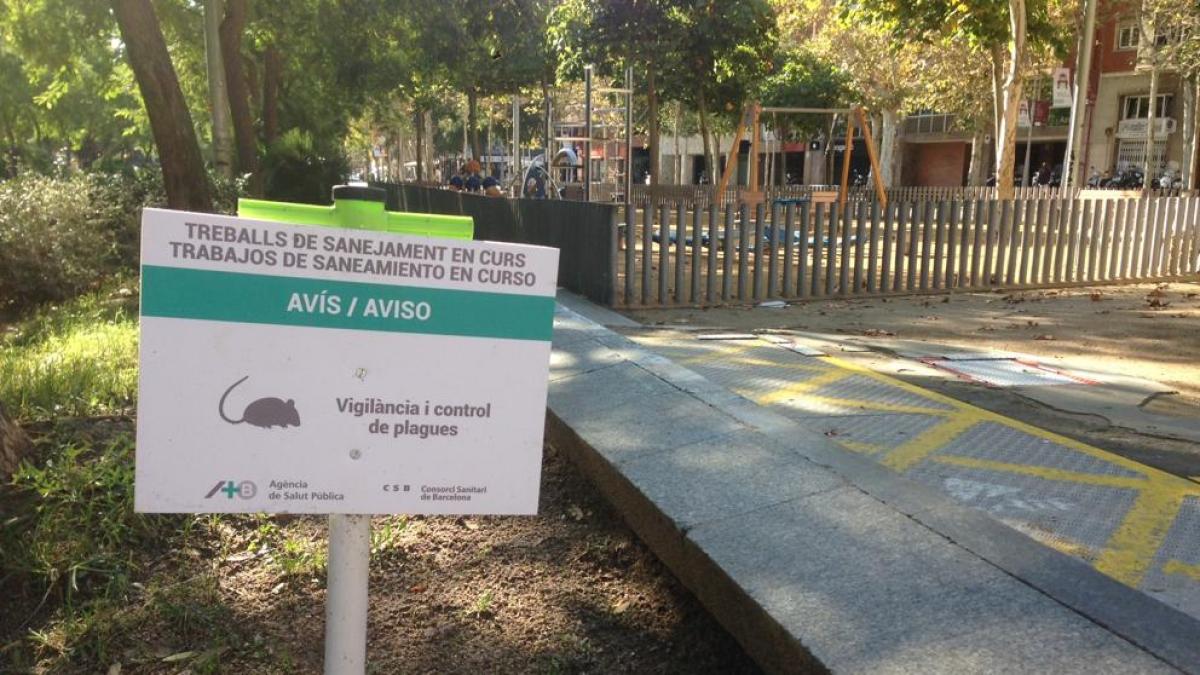The closure was carried out in a block interior of the Sant Antoni neighborhood, the Jardins de los Tres Tombs, due to the need to apply treatment to eliminate the presence of rats in the place.
For this reason, the Barcelona City Council through the Public Health Agency of Barcelona, ASPB, had to intervene and close the area.
The Jardins dels Tres Tombs is an island interior of the Sant Antoni neighborhood, in the heart of the Eixample district. Located between the streets Calàbria where the only access is, Parlament, Viladomat and Manso.
According to the ASPB, the presence of rodents in the children’s area was immediately detected and the park was closed with metal fences to prevent people from passing through.
Simultaneously, treatment to eliminate the rats began, along with the distribution of several mousetraps throughout the area to trap the rats.
In the same way, a sign was installed next to the children’s slide informing about the sanitation tasks and activities being carried out in the area.
Since the end of July, citizens in Barcelona have expressed their indignation at the presence of pests such as mosquitoes, cockroaches and mice in the streets and buildings.
Presence of rats and other pests in summer
It is usual for these pests to increase during the summer. In fact, recently in Barcelona there have been several episodes of rat concentration in different areas of the city.
One of them was in Plaça de Catalunya, which was recorded on video and became known on social networks at the end of June.
The ASPB, on the other hand, began to take the necessary measures together with the City Council as a result of the increase in pests during the summer.
In fact, during this period, 75% of incidents in the city can be recorded for this reason.
In addition, studies indicate that the city’s sewage system has a rat population of approximately 259,000 rats.
During the month of May in Gràcia, a plague of rats was also detected next to a kindergarten in an abandoned lot in Jaén street.
Figures
Between January and May of this year, there have been 10,102 outbreaks, a figure that increased compared to last year’s 6,133 outbreaks. This represented an increase of 65%.
According to the Catalan Association of Environmental Health Companies of Catalonia (ADEPAP), the confinement caused by the pandemic has encouraged rodents to move closer and closer to the populated areas of the city.
For example, the rats sneak into buildings, eat waste thrown on the streets or wander through parks and squares such as the one in Catalunya.

